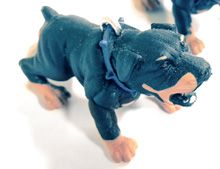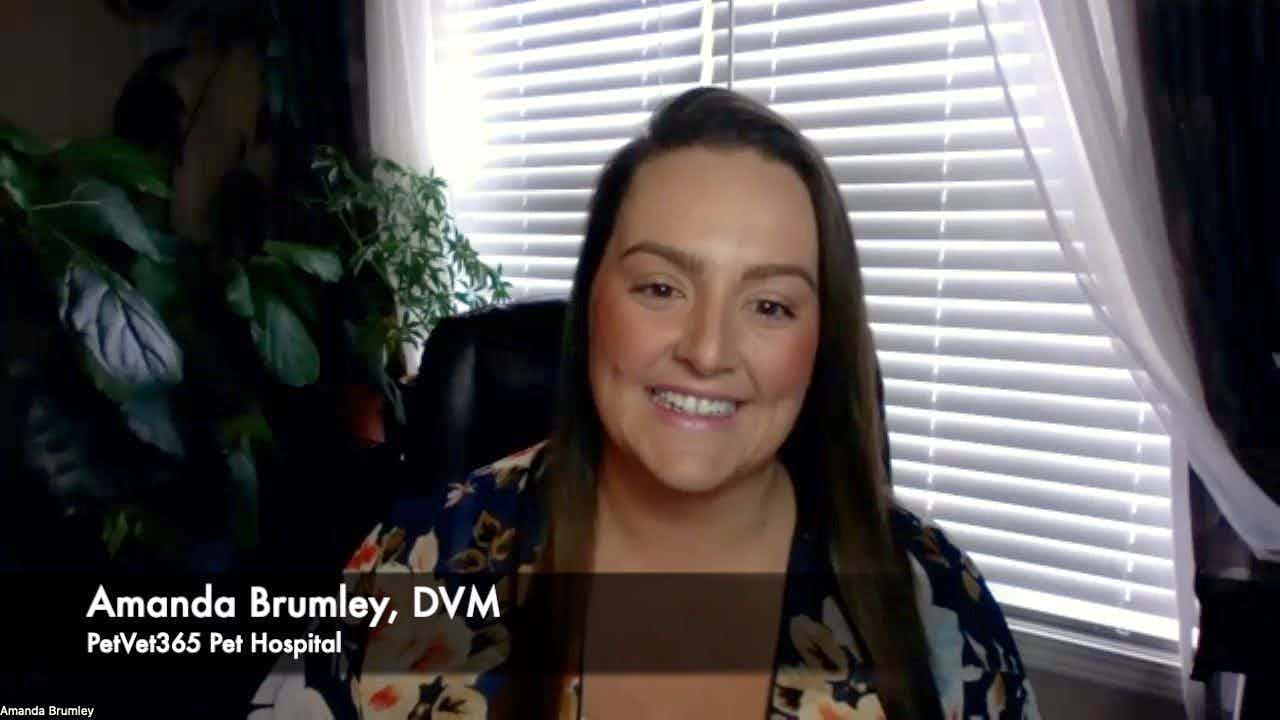Treating fear-based and conflict-related aggression
See how stimuli, counterconditioning, desensitization and medication come into play.

Now you've diagnosed fear-based or conflict aggression, the basis of treatment is to remove exposure to inciting stimuli, use counterconditioning and desensitization and, at times, prescribe antianxiety medication.
Removing stimuli
This goal can be accomplished in several ways:
- Use response substitution. Discontinue all forms of punishment. Focus instead on distraction and redirection of inappropriate behavior to more appropriate responses that can be reinforced.
- Use a head halter to help facilitate response substitution with the use of an indoor drag leash. Head halters decrease arousal and allow safe, efficient, non-emotional interruption of problem behaviors.
- Avoid reinforcement of the behavior by withdrawing in response to aggression or giving positive attention (telling the dog, “it's all right”).
- Have unfamiliar people ignore dog at first greeting to allow more time for the dog to assess the situation without feeling threatened.
- Identify any fear-inducing triggers and avoid them. For example, if a house has several young children, isolating the dog can avoid potentially negative interactions.
- Increase the consistency of owner and dog interaction. Always give a command, wait for a response and then give a reward.
- Avoid inconsistent, casual interactions by ignoring all attention-seeking behaviors. Punishment should never be used. This is often called “nothing in life is free” or “no free lunch.”
Counterconditioning
Counterconditioning involves using proactive relaxation techniques in all environments that the dog will be in without the presence of offending stimuli. Classical counterconditioning involves pairing an experience with something positive so that there is an almost reflexive association between the events. For example, palatable treats can be dispensed by visitors (while still ignoring dog and not asking the dog for a behavior) as a means of accomplishing classical conditioning (the dog will associate visitors with positive results).
Operant counterconditioning involves providing a reward (e.g. palatable treat) after a desired behavior and while in the presence of an offending stimulus. With a guest as the offending stimulus, if the guests waits for the dog to sit or lie down and then tosses the treat, the animal can pair the positive outcome of its behavior with the presence of the offending stimulus (the guest).
Desensitization
Use fear-inducing triggers that gradually increase exposure while asking for, and rewarding, relaxed behaviors taught during the counterconditioning phase. Examples would be people entering the home or approaches from strangers or unfamiliar dogs.
Medication
Antianxiety medications are indicated when the degree of anxiety is great enough to interfere with the ability to learn as behavior modification techniques are applied.
Typical anxiolytics include:
- Tricyclic antidepressants such as clomipramine (1 to 4 mg/kg b.i.d.) and amitriptyline (1 to 3 mg/kg b.i.d. to t.i.d.); common side effects include sedation, anorexia, gastrointestinal disturbances, increased aggression, anxiety and drug tolerance.
- Selective serotonin reuptake inhibitors such as fluoxetine (1 mg/kg once a day) and paroxetine (1 mg/kg once a day); common side effects include sedation and anorexia. A long half-life results in a delayed effect (six to eight weeks).
- Benzodiazepines; contraindicated because of the potential for disinhibition of fear and possibly heightening the aggression.
Conclusion
Aggression, even when directed at owners, should not be automatically classified as dominance-related aggression. Often, the origin is a fear-based response directed at unfamiliar people or, when conflicting signals are displayed by the dogs' owners, can also be directed toward more familiar people. Understanding an animal's history and body language can be valuable in making the correct diagnosis. Treatment can include avoiding trigger stimuli, using counterconditioning and desensitization (after determining and grading the adverse stimuli), and adding appropriate medication when indicated.
John Ciribassi, DVM, DACVB
Chicagoland Veterinary Behavior Consultants
Carol Stream, Illinois










Veterinary scene down under: IV fluid shortage updates, and more news
September 3rd 2024Updates on the intravenous fluid shortage impacting Australian veterinary practices, a welcome funding boost for the Veterinary and Community Care charity, and Australia’s first Fear Free Certified veterinary practice.
Read More
Veterinary scene down under: IV fluid shortage updates, and more news
September 3rd 2024Updates on the intravenous fluid shortage impacting Australian veterinary practices, a welcome funding boost for the Veterinary and Community Care charity, and Australia’s first Fear Free Certified veterinary practice.
Read More
2 Commerce Drive
Cranbury, NJ 08512
All rights reserved.

